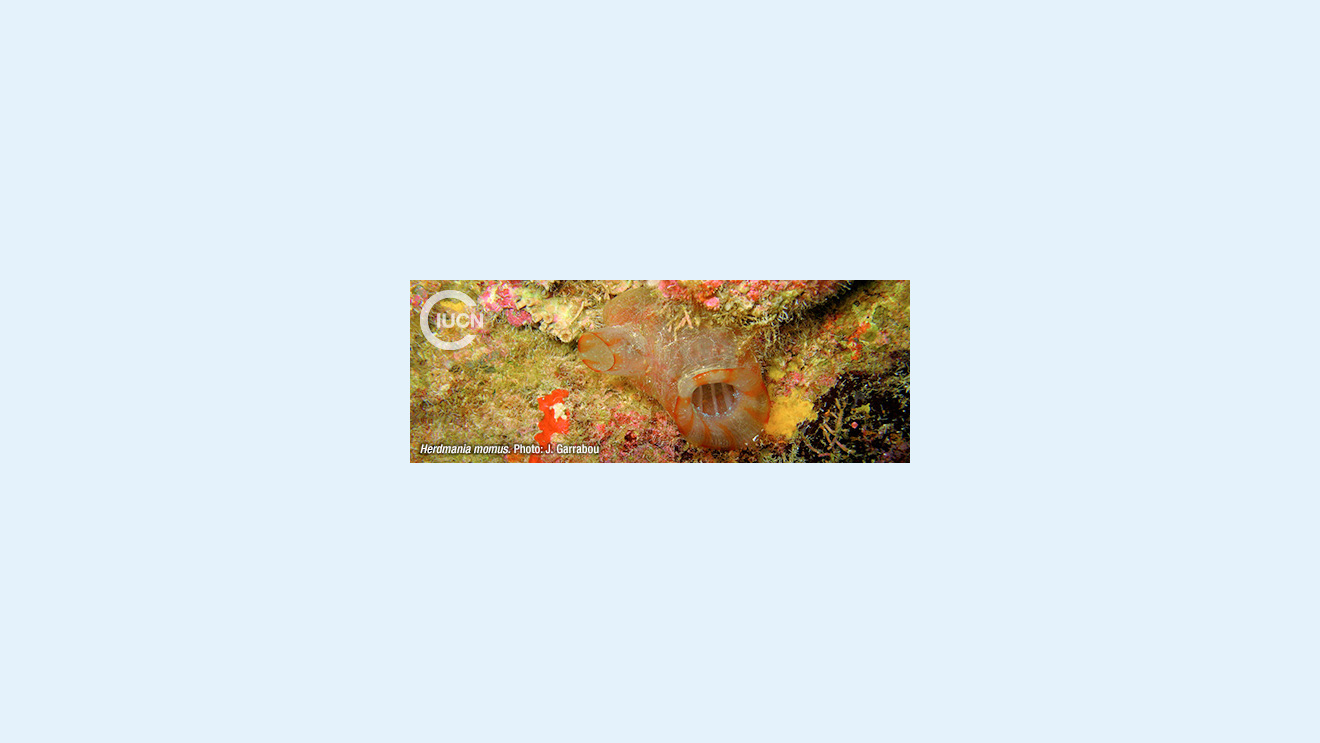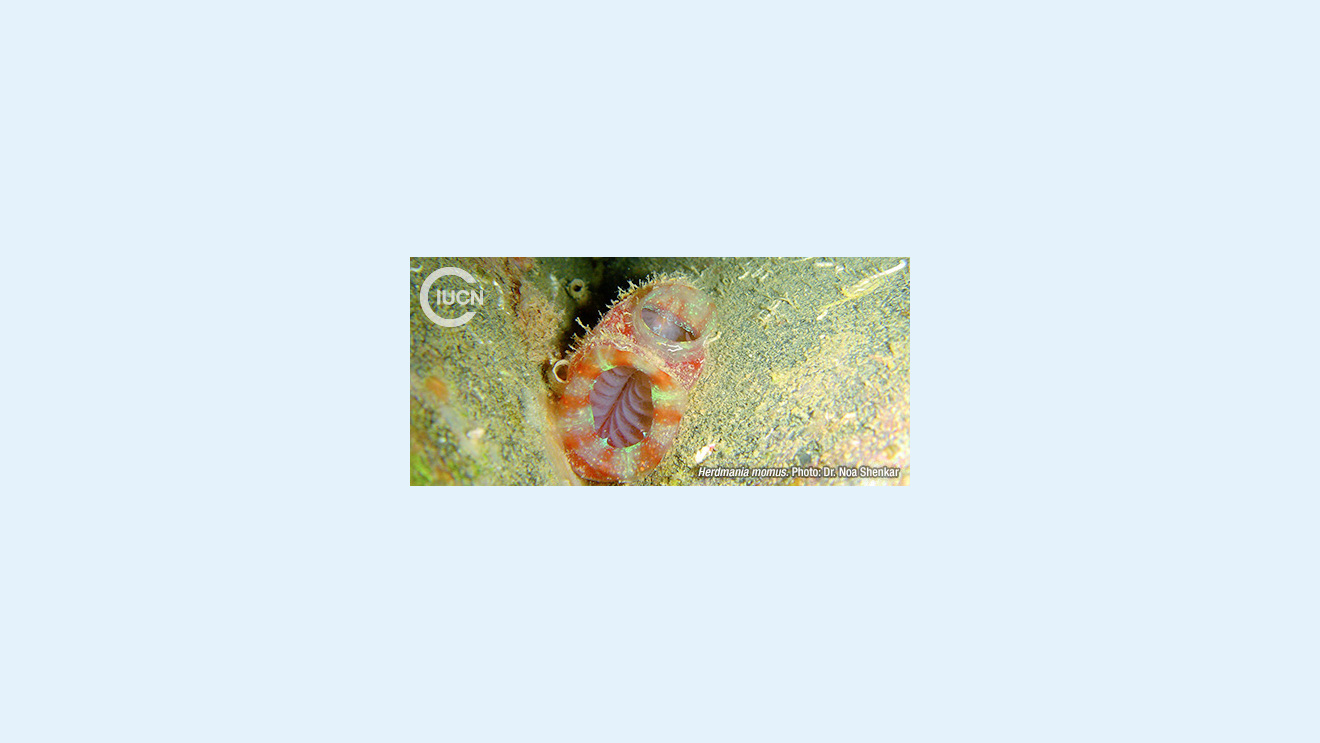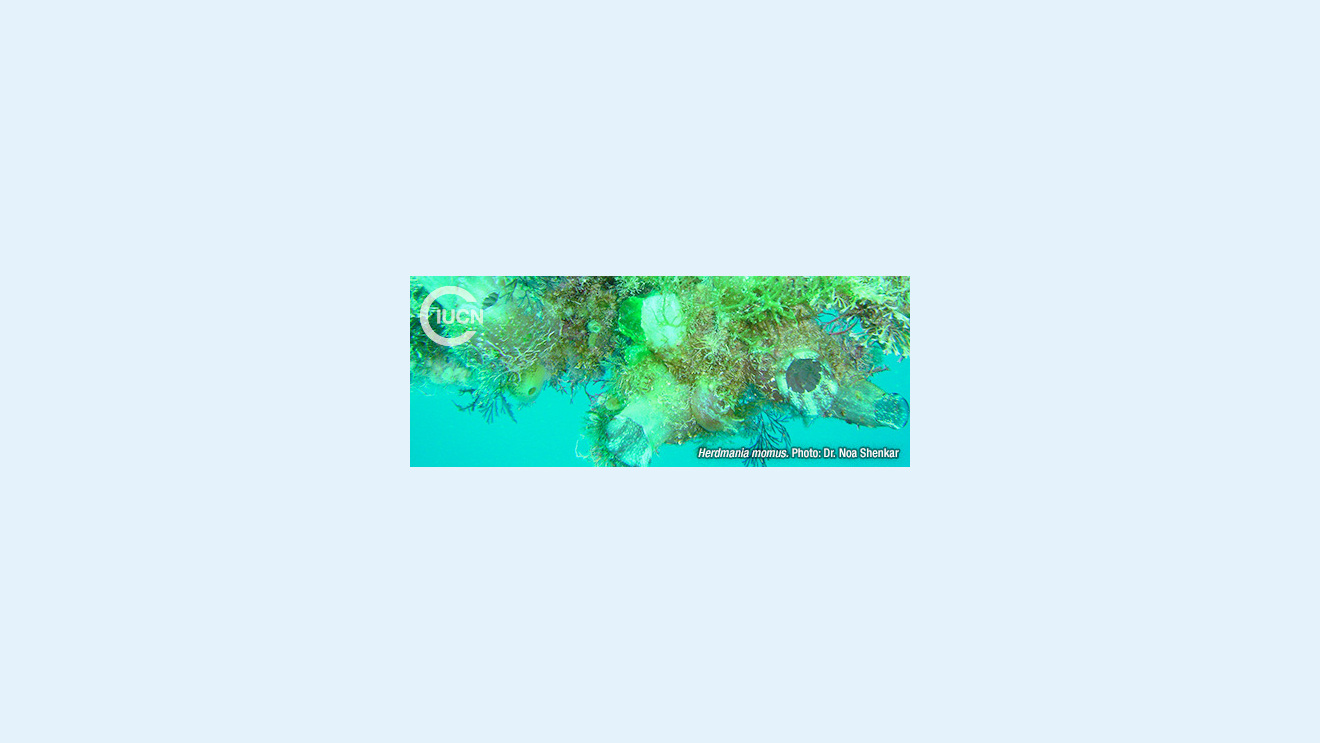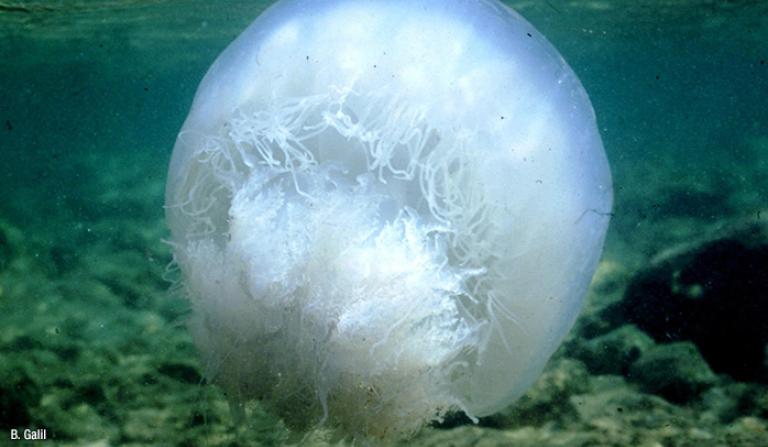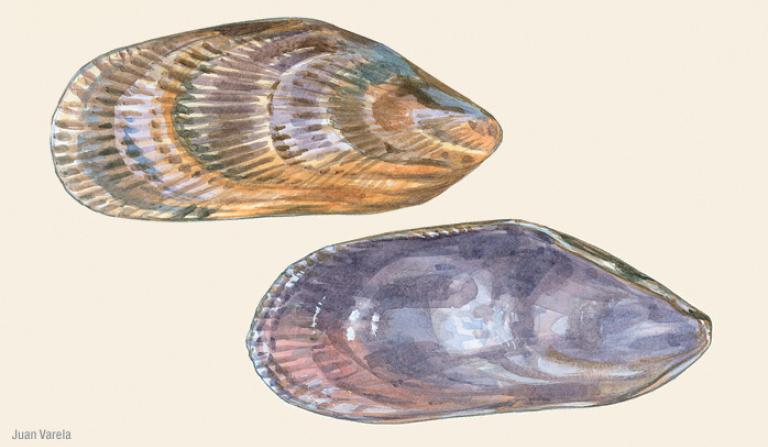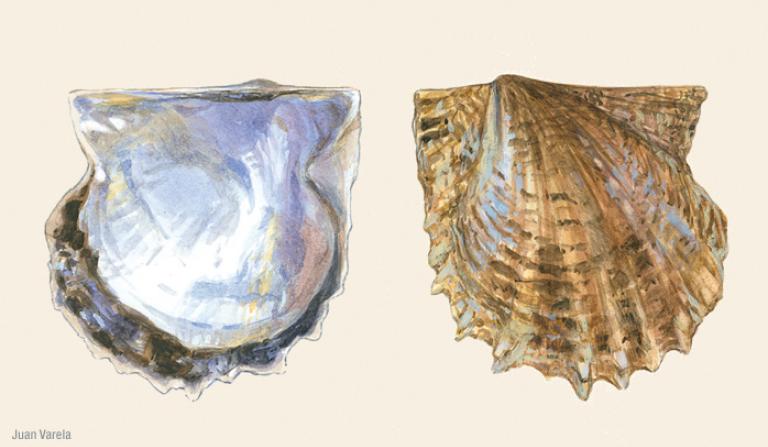Herdmania momus
Information
The species is distinguished by its bright red colour, large size, particularly in older individuals, and its distinctive siphons. It is found mostly on smooth artificial substrates such as breakwaters, jetties and artificial reefs down to depths of 20 m. Small organisms such as algae may be attached to the surface, making its identification difficult.
Reproduction through gamete release takes place in the Mediterranean when the water temperature is 22–25 °C (around June and November). Fertilization and larval development occur in the water column, and the development of juveniles is relatively rapid.
There are no similar species in the Mediterranean Sea.
Originally a tropical Indo-West Pacific species, it is also common in the Red Sea, including the Gulf of Suez and the Suez Canal. It was first recorded in the eastern Mediterranean in Israel in 1958, and in Cyprus, Turkey and Lebanon since 2000, as it has spread along the Levantine coast. Its colonization of Mediterranean regions may be aided by transport in ships’ ballast water and fouling.
Populations of H. momus are expanding both globally and across the eastern Mediterranean, and these populations have not yet been shown to outcompete native species or invade natural ecosystems. Its potential invasive status is uncertain.
Like other ascidians, it can be a nuisance fouler on ships, recreational vessels and other submerged man-made structures.
Shenkar N., Loya Y., 2008. The solitary ascidian Herdmania momus: native (Red Sea) versus nonindigenous (Mediterranean) populations. Biol. Invasions 10:1431–1439.
Rius, M, Shenkar, N., 2012. Ascidian introductions through the Suez Canal: The case study of an Indo-Pacific species. Mar. Pollut. Bull. 64 (10), 2060-8.

